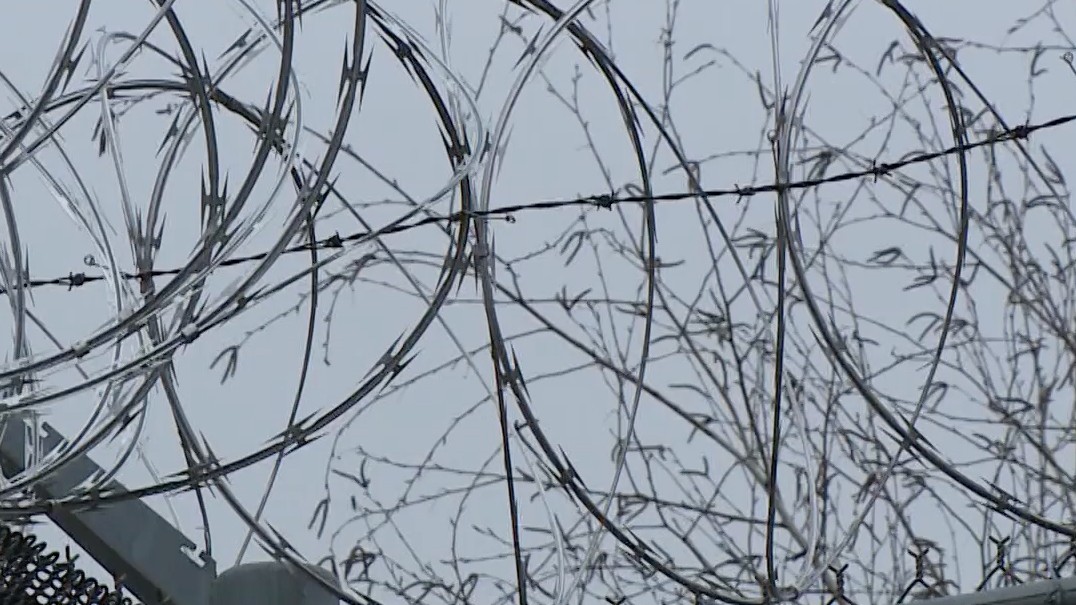Image via Wikimedia Commons
With November fast approaching and candidates looking to snag seats across the country, fears about access to the polls are a valid concern. President Trump has falsely claimed that millions of people voted illegally in the 2016 presidential election, adding to a distrust of the voting system, and the mounting evidence that Russia interfered in the election begs the question of if and how much that interference will happen again. Add to all that the redistricting, voter intimidation, and voter ID laws that have made it harder for some people to vote, and there’s a lot of fodder for an indictment of the state of our democracy.But there is a silver lining : one that has garnered strong bipartisan support and little in the way of detractors, and it’s bringing more people to the polls and promising a younger and more diverse electorate than ever: automatic voter registration (AVR).Bobby Hoffman, state voting rights expert with the ACLU, divides the kinds of problems that exist in voting rights into four categories: voter suppression, redistricting reforms, modernization, and restoration of rights.“Through our Let People Vote Campaign, we address problems that come up in each state and remove barriers,” Hoffman told VICE Impact.AVR, which falls under the umbrella of voter modernization, was first implemented in the U.S. in 2015 in Oregon. Since then, an ever-growing list of states have adopted the practice, which basically flips the way people are registered to vote on its head. Before, when an individual went to the DMV or otherwise interacted with a state agency, they might be asked to check a box if they’d like to register to vote. Now they have to check a box if they don’t want to be.
Check out more videos from VICE:
“These infrastructures were already in place,” Sergio Espana, the ACLU’s engagement mobilization director in Maryland, told VICE Impact. “AVR basically changes a paragraph’s worth of text from opt-in to opt-out.”But even though the action seems small and straightforward, the impact has already been profound.
Advertisement
Check out more videos from VICE:

“These infrastructures were already in place,” Sergio Espana, the ACLU’s engagement mobilization director in Maryland, told VICE Impact. “AVR basically changes a paragraph’s worth of text from opt-in to opt-out.”But even though the action seems small and straightforward, the impact has already been profound.
Advertisement
“We’ve seen a 2-to-5-percent increase in registration [in Maryland],” explained Espana, “and that leads to an increase in turnout. Not only that, but the demographics tend to be younger, poorer, and people of color.”Part of the reason for this is the ways in which these voters are interacting with state agencies. AVR is happening at DMVs, which is a profound way to reach young people going in to get their licenses for the first time. In some states, like California, they’ve passed laws allowing pre-registration.“This expands AVR to 16 and 17 year-olds,” said Hoffman. “They go to the DMV, they become pre-registered, and when they turn 18 they are registered to vote. Coming out of Parkland we see a lot of this happening, folks getting pre-registered. It’s caught the attention of current high school students who are advocating.”But there are plenty of people, many of whom have lower incomes, who don’t go to the DMV. They might not have cars or drivers licenses. They also might be difficult to track down if they move from home to home. Still, these people may be interacting with state agencies in different ways.“In Maryland, for example, registration also occurs through state healthcare exchanges,” said Hoffman. “Or when requesting SNAP benefits, they will offer you the opportunity to register to vote.”“They go to the DMV, they become pre-registered, and when they turn 18 they are registered to vote."
Advertisement
Still, he says, the majority of AVR happens at the DMV, and this is a concern.“We work with nonprofits who are doing registration door to door and reaching voters by other means,” said Hoffman, “and we will try to include them in AVR bills, to make opportunities to expand to other state agencies in the future.”One notable aspect of AVR, at a time when politics is so divisive and everything seems to be a hot-button issue, is the bipartisan support it enjoys. Since Oregon passed its AVR bill three years ago, 13 states have now joined the ranks, and while there have been some healthy conversations about possible issues with AVR, it always manages to proceed through the chambers.“There hasn’t been a lot of pushback against this,” said Hoffman. “Even though the president of the United States is out there spreading lies about non-citizens participating in our democracy, what we’re seeing at the state level in this session throughout the country is that states are passing legislation to take away barriers.”The ACLU did not get involved in Let People Vote or AVR with a political agenda or to increase voter turnout for any one party, but for the broader goal of increasing voter participation.“We are not coming at this from a partisan level,” said Espana. “There is an upsurge in voter interest in participating in the political process, and a lot of the folks engaging are new to the process and feel a sense of urgency. We want to ensure that our electoral infrastructure is able to accommodate that uptick in voting that ensures every single citizen has access to the polls.”Find outwhere your state stands on voter modernization and AVR , and if your state hasn’t yet adopted this commonsense way to increase voter turnout, contact your Member of Congress. Join the Let People Vote campaign to participate directly in expanding voting rights.“Even though the president of the United States is out there spreading lies about non-citizens participating in our democracy, what we’re seeing at the state level in this session throughout the country is that states are passing legislation to take away barriers.”